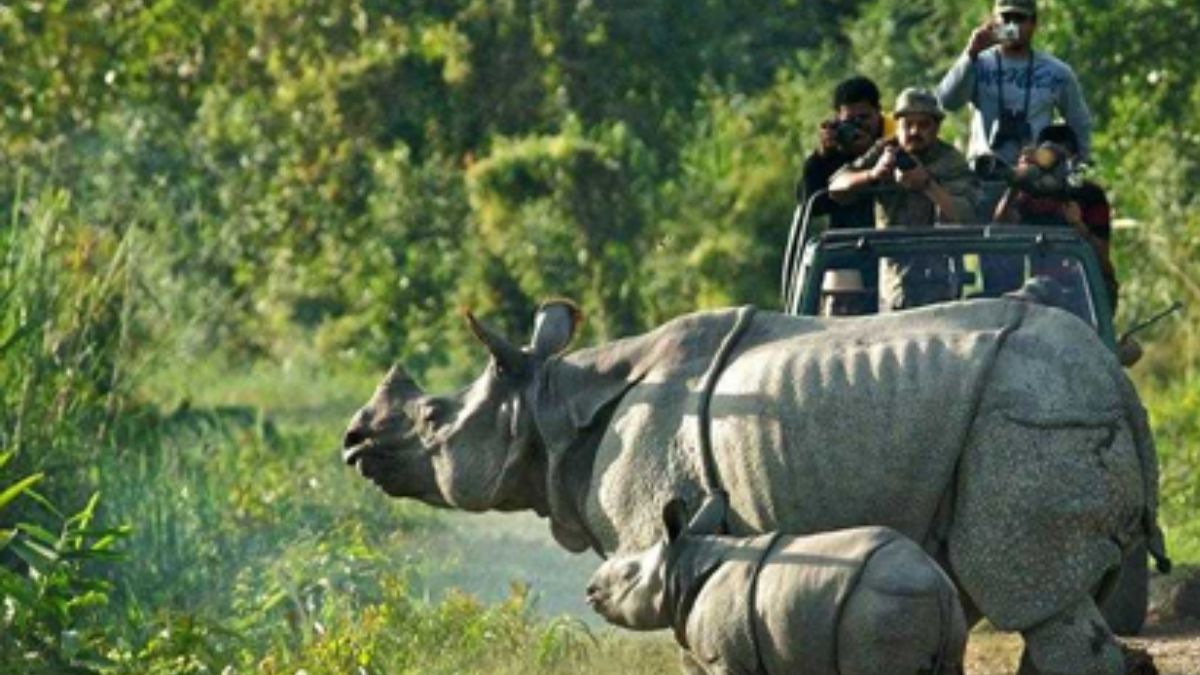National parks listed as UNESCO World Heritage Sites are known for their remarkable natural beauty, rich wildlife and cultural significance. These protected areas offer critical habitat for a wide range of plant and animal species, including many that are rare or endangered.
Here are 5 must-visit UNESCO World Heritage national parks in India
1. Kaziranga National Park, Assam
Kaziranga National Park is renowned for its accomplishment in preserving the one-horned rhinoceros. This park, recognized as a UNESCO World Heritage Site in 1985, is a biodiversity hotspot. Kaziranga National Park, which is spread across the Brahmaputra River floodplains, is also home to tigers, elephants and a diverse range of bird species.
2. Manas National Park, Assam
Manas National Park is another Assam gem that received a UNESCO title in 1985. It is not just a tiger and elephant sanctuary, but also a Biosphere Reserve. This park is known for its gorgeous landscape, from deep forests to alluvial grasslands.
3. Sundarbans National Park, West Bengal
The Sundarbans, a huge mangrove forest shared by India and Bangladesh, is famous for the Royal Bengal Tiger. This park became a UNESCO World Heritage Site in 1987, and its distinct ecosystem is impacted by the tidal action of the Bay of Bengal.
4. Great Himalayan National Park Conservation Area, Himachal Pradesh
The Great Himalayan National Park Conservation Area is a UNESCO World Heritage Site known for its breathtaking natural beauty. With a land area of more than 1,171 square kilometres, it is home to a diverse range of flora and fauna, with over 375 kinds of animals living there, such as the rare Western Tragopan, blue sheep, Himalayan brown bear and snow leopard.
5. Keoladeo National Park, Rajasthan
Keoladeo National Park in Rajasthan, commonly known as the Bharatpur Bird Sanctuary, is one of the world’s most significant bird breeding and feeding places. This wetland, which covers around 29 square kilometers, is a paradise for ornithologists and bird watchers, with over 370 bird species here.


